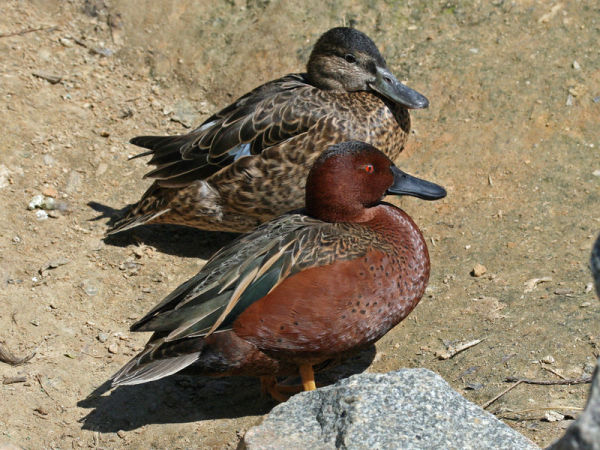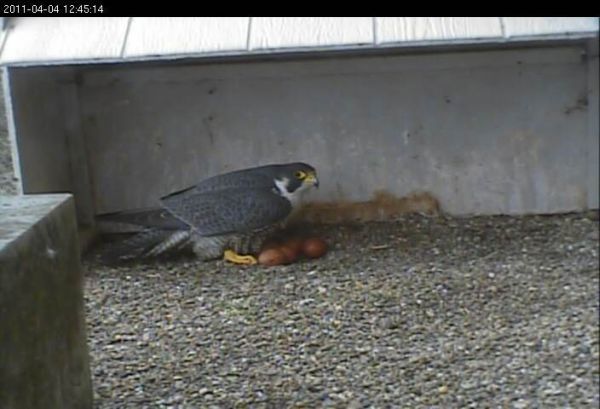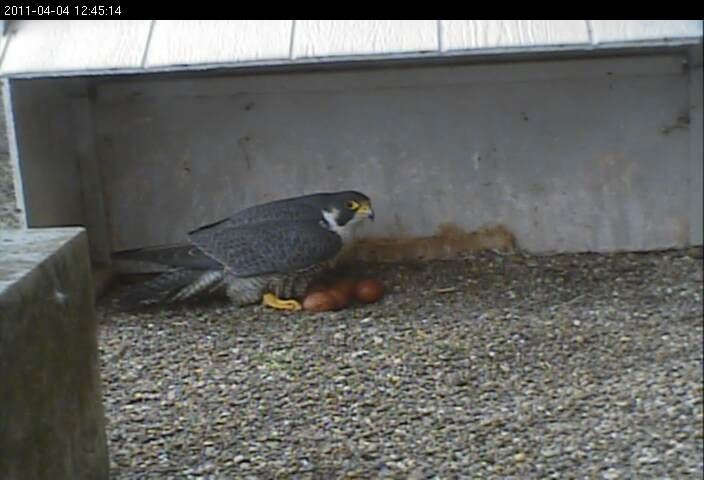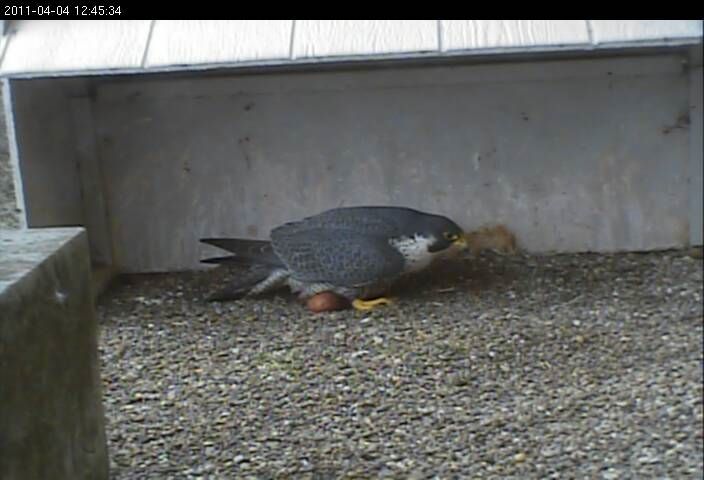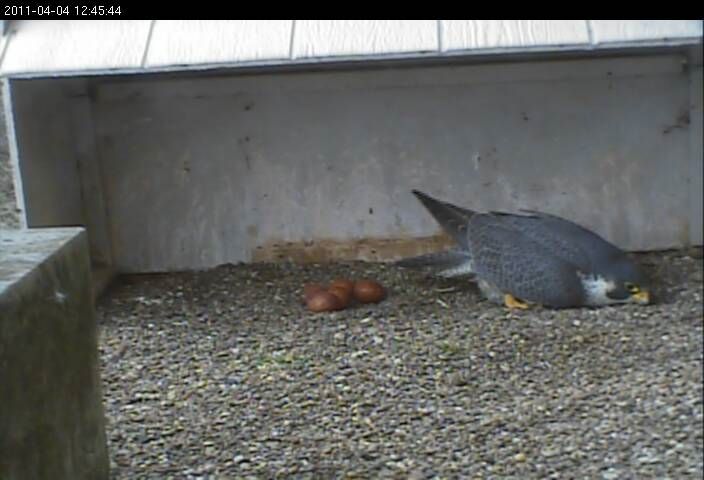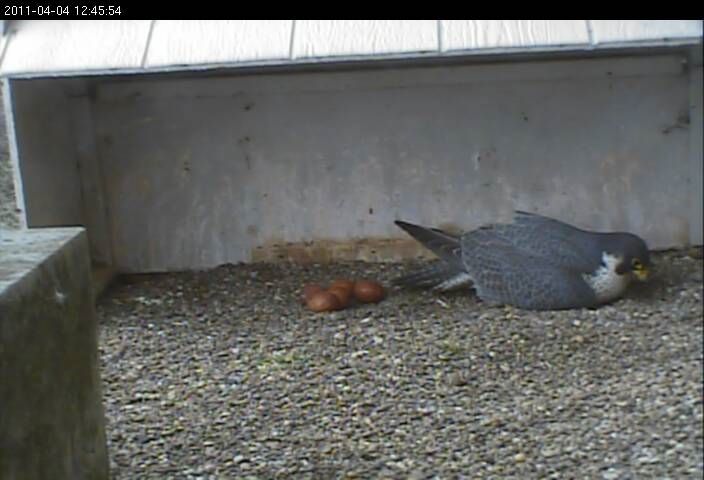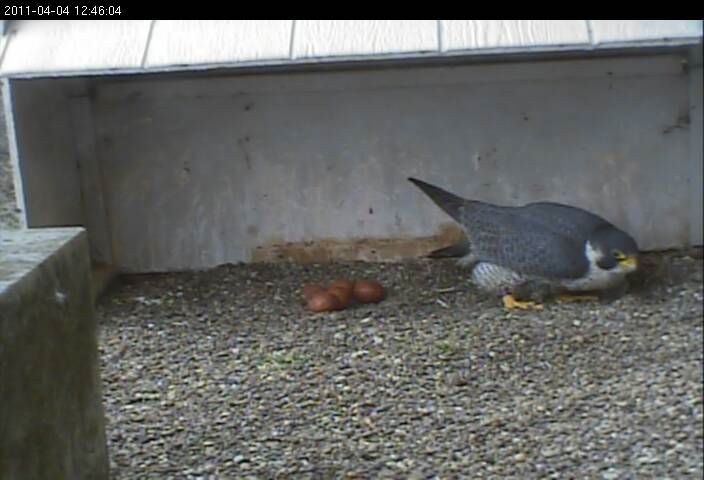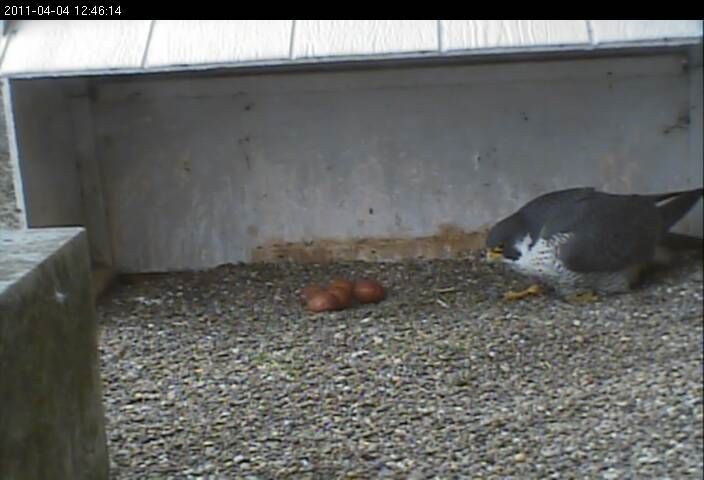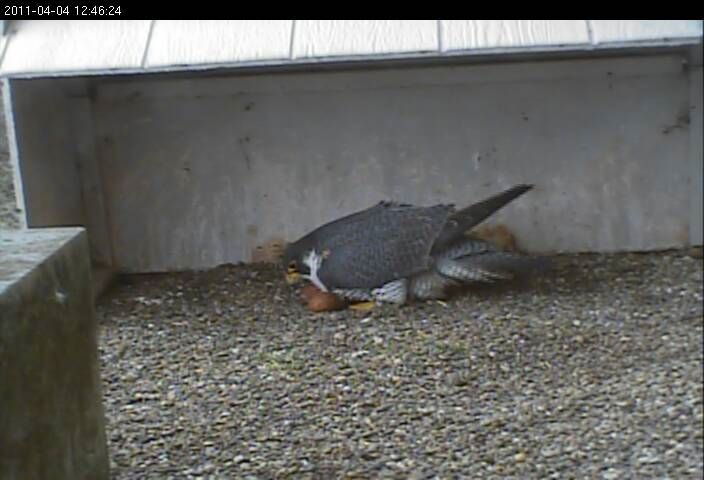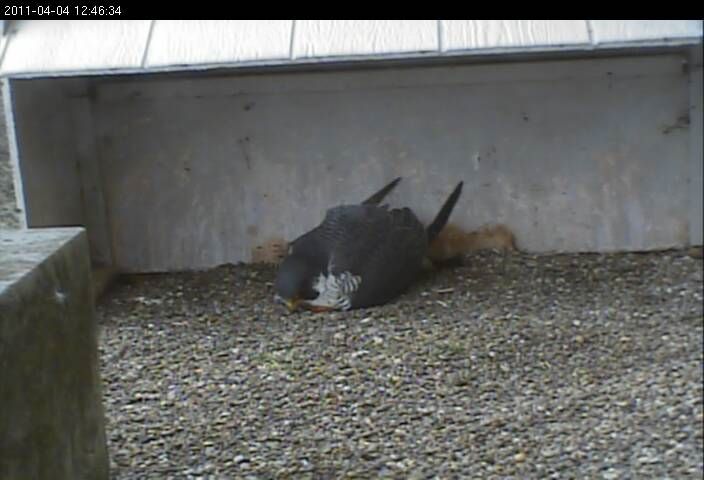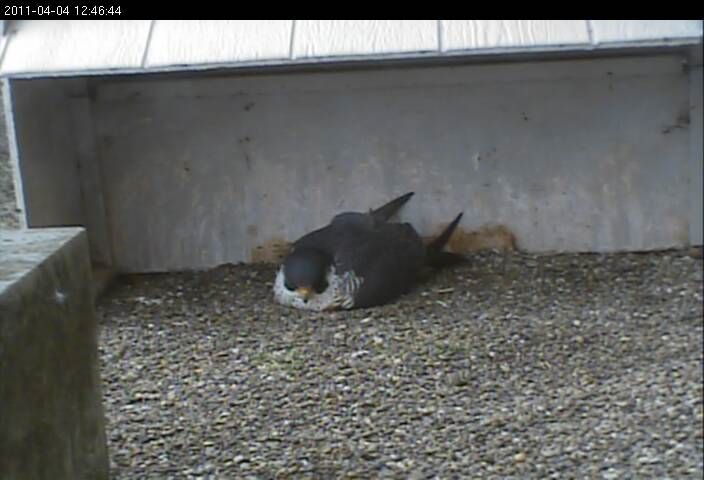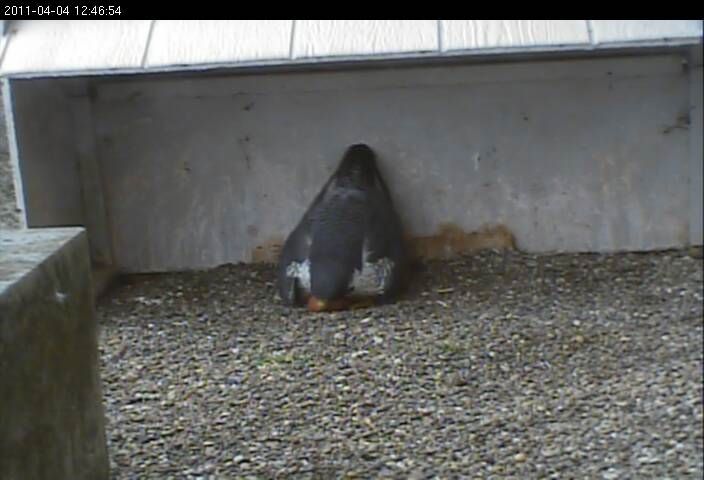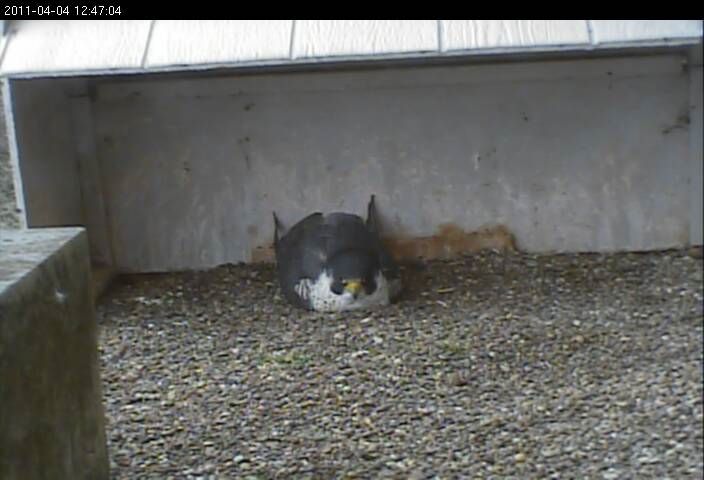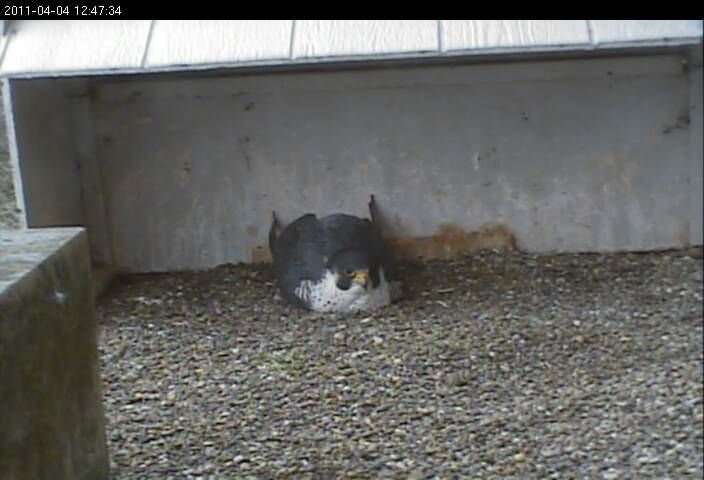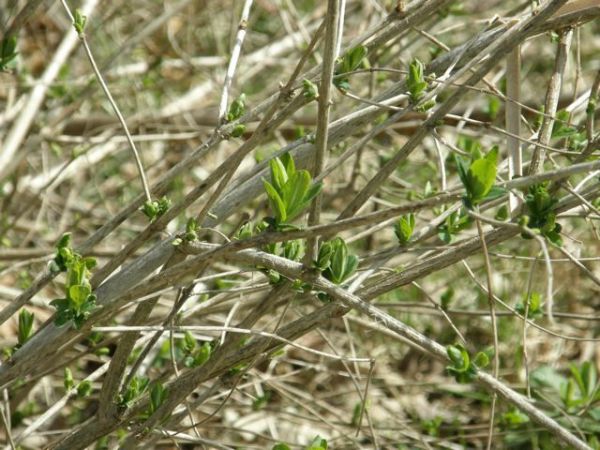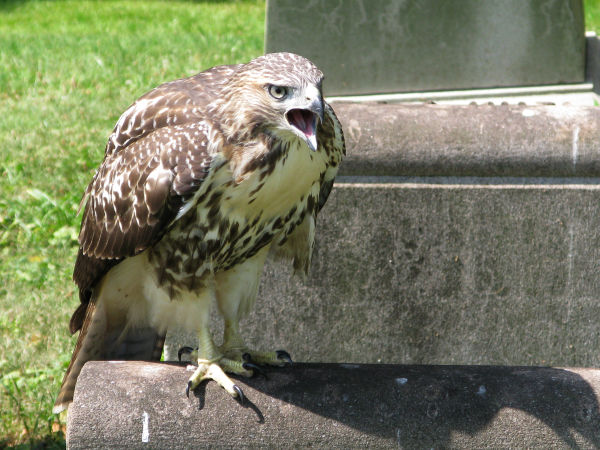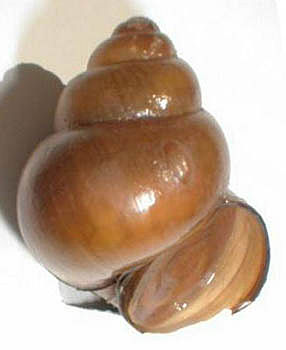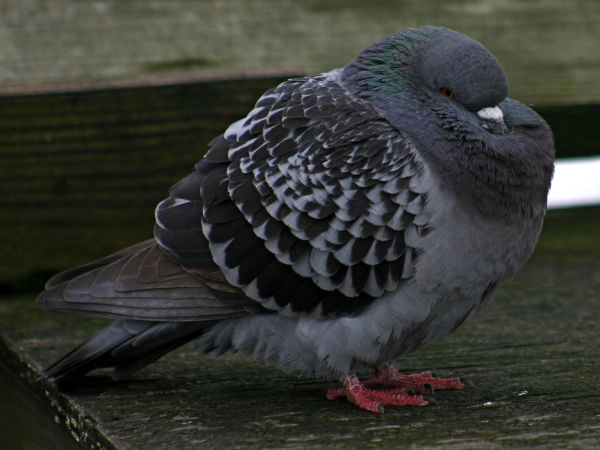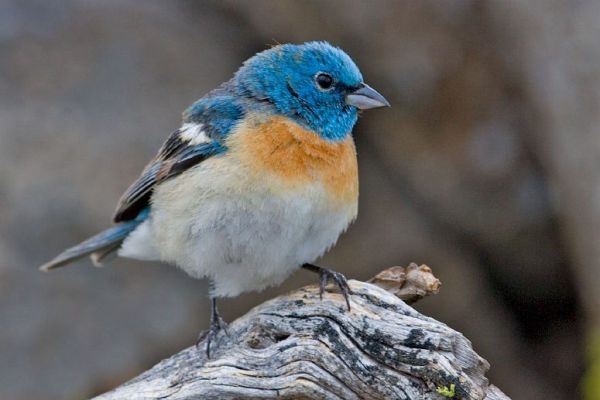
It may be too early in April to find this bird in southern Nevada but I will try.
The lazuli bunting spends the winter in Mexico and summer in the western U.S. In late April, the only time I’ve ever seen one, it’s passing through.
Lazuli buntings prefer weedy fields and grassy clearings so I look for them at Corn Creek Field Station at the Desert National Wildlife Refuge about 23 miles north of Las Vegas. Corn Creek flows through the site and is the only water for many miles around so it’s a magnet for wildlife and a must-see location if you’re birding in southern Nevada.
Named for the beautiful blue gem, lapis lazuli, the male lazuli bunting’s color pattern resembles a male western bluebird but his size, beak, and wing bars set him apart.
The females, on the other hand, are an identification challenge because they look just like female indigo buntings. Fortunately indigo and lazuli bunting ranges are almost completely separate. Except for some overlap in Arizona, New Mexico and Colorado, the indigo bunting is the bunting of the east, the lazuli is the bunting of the west.
However, indigo and lazuli buntings can hybridize. Imagine the identification challenge when confronted by a female hybrid. Only an expert would know for sure — and that won’t be me!
(photo from Wikimedia Commons. Click on the photo to see the original)
